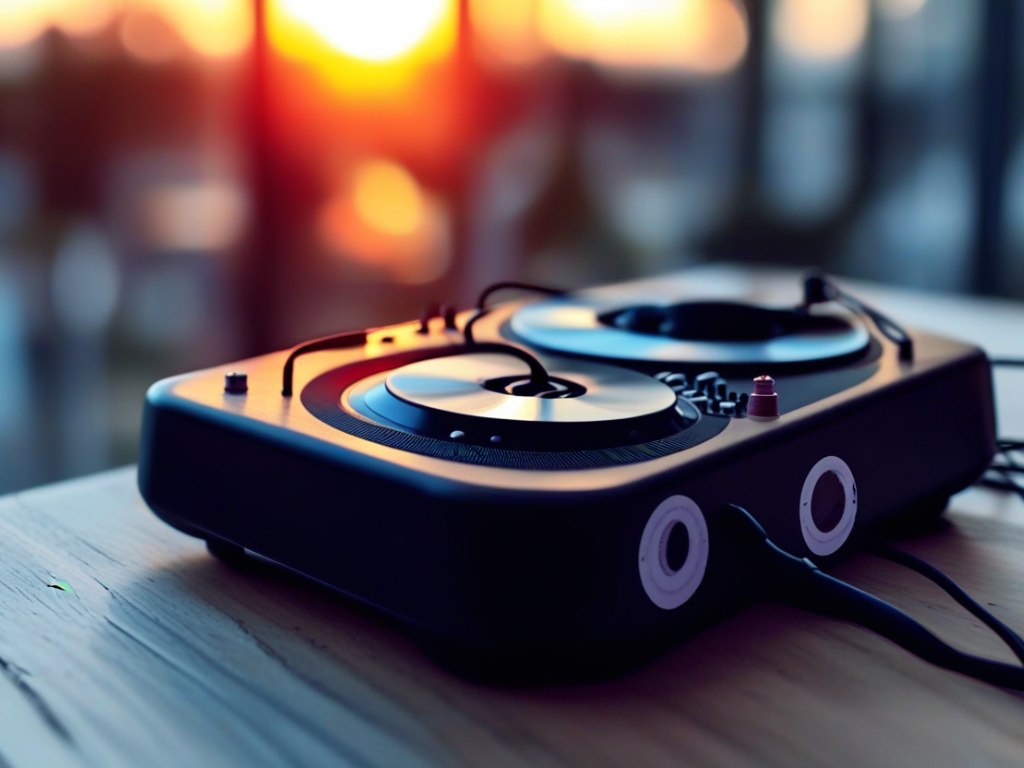As audio enthusiasts, we’re constantly seeking ways to enhance our listening experience and maximize the sound quality from our music players. Whether you’re a casual listener or a dedicated audiophile, there are various techniques you can employ to optimize your music player and elevate your sound quality to new heights. In this guide, we’ll explore some practical tips and strategies to help you get the best audio performance from your music player.
In this article you will find:
- Choose High-Quality Audio Files
- Invest in a Quality Digital-to-Analog Converter (DAC)
- Upgrade Your Headphones or Speakers
- Utilize Equalization and Sound Customization
- Optimize Your Music Player Settings
- Conclusion
Choose High-Quality Audio Files
One of the fundamental aspects of achieving superior sound quality is to start with high-quality audio files. Opt for lossless formats such as FLAC or WAV over compressed formats like MP3, as they retain more detail and result in better sound reproduction. By selecting pristine audio files, you provide your music player with the best source material to work with, resulting in a more faithful and immersive listening experience.
Invest in a Quality Digital-to-Analog Converter (DAC)
A DAC plays a crucial role in converting digital audio signals into analog signals that can be amplified and transmitted to your headphones or speakers. Upgrading to a high-quality external DAC can significantly improve the sound performance of your music player, especially if the built-in DAC is subpar. Look for DACs that support high-resolution audio and offer advanced features like support for various audio formats and low distortion levels.

Upgrade Your Headphones or Speakers
Your choice of headphones or speakers can have a profound impact on the sound quality produced by your music player. Opt for headphones or speakers that are well-matched to your music player and provide a balanced and accurate sound signature. Consider factors such as impedance, sensitivity, and driver size when selecting your audio output devices to ensure optimal performance.
Utilize Equalization and Sound Customization
Many music players come equipped with built-in equalizers and sound customization options that allow you to tailor the audio output to your preferences. Experiment with different EQ settings to fine-tune the sound to your liking, adjusting parameters such as bass, treble, and midrange frequencies. By customizing the sound profile to suit your listening preferences, you can achieve a more personalized and enjoyable listening experience.
Optimize Your Music Player Settings
Take the time to explore and adjust the settings on your music player to optimize its performance. Pay attention to settings related to audio output, buffering, sample rate, and playback options to ensure that your music player is configured for the best possible sound quality. Some music players offer advanced settings for audio processing and output resolution, allowing you to customize the sound output according to your preferences.
Conclusion
By following these tips and adopting best practices for optimizing your music player, you can elevate your sound quality and immerse yourself in the beauty of high-fidelity audio reproduction. Remember that achieving superior sound performance requires attention to detail, a discerning ear, and a passion for quality audio. Experiment with different settings, equipment, and techniques to discover the perfect setup that brings out the best in your music player and allows you to experience your favorite tracks in a whole new light.

